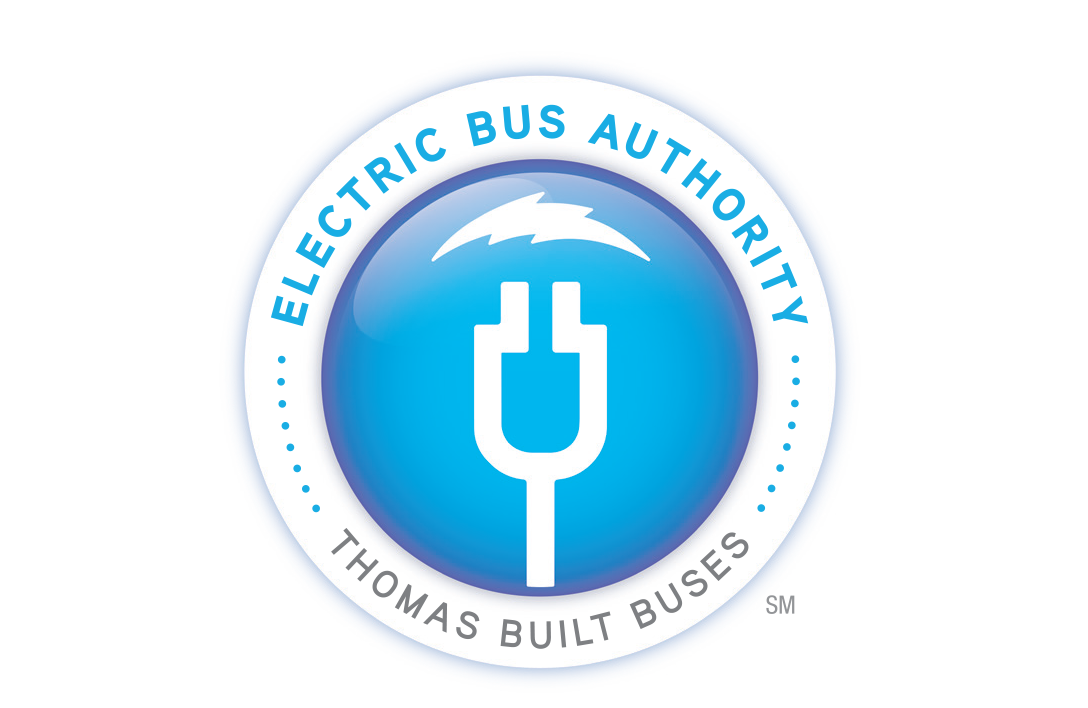With any school bus purchase, charging/fueling infrastructure is a major consideration. And when it comes to electric school buses, the ins and outs of charging can feel overwhelming. To be frank, charging infrastructure for electric school buses can be expensive and can sometimes be complicated to engineer within an existing bus yard, but with the right partners the feat is not impossible and will pay you dividends in the long-run. Here are a few things to consider when planning charging infrastructure for your new fleet:
The first two questions that you should ask yourself are how many chargers you will require for your fleet and the type of charging infrastructure needed. For a larger electric fleet, you may need your lot or bus yard retrofitted with many chargers.
For smaller fleets, a couple of chargers may work. But to make that decision, you must consider more than just number of electric buses in your fleet.
Here are a few things to consider when planning EV integration in your fleet:
-
Route length and range – Thomas Built Buses' Saf-T-Liner® C2 Jouley™ Electric school bus can travel up to 120 miles on a single charge. Consider how this range fits into your current routes and how frequently the bus will require charging.
-
Recharge time – How long will your buses need to charge? Thomas Built Buses' Saf-T-Liner C2 Jouley powered by Proterra® electric vehicle technology is the only electric school bus in the industry equipped with DC charging capabilities. This enables significantly faster charging than AC alternatives, allowing Jouley to fully charge in as few as three hours. Plus, with the Proterra charging system, multiple buses can connect to a single charger, which will charge each bus sequentially, so you can charge more buses faster.
-
Parking – Considering that buses must be plugged into charging infrastructure for several hours, the layout of your lot and parking options is a major consideration. Most charging infrastructure requires access to 3-phase power, so installing the charger close to a building can help to minimize costs.
Consider proximity to buildings as well as parking options around it. With these parameters in mind, some bus yards are not able to accommodate some types of charging infrastructure without utility upgrades to transmission lines, while many new builds or renovated properties can accommodate conduits directly in the ground. Exploring your charging needs and options up front sets the stage for the type or number of buses that may work for you.
-
Managed vs. unmanaged charging – Consider managed charging infrastructure that will charge a bus only when needed and during the least expensive times of the day. The right charging infrastructure should have accompanying software that will enable charger monitoring and management to optimize costs.
-
Utility provider offerings – Chat with your local utility provider about rates, possible energy buy-back or battery storage revenues, infrastructure types, charging options, power location, grants and more. Your Thomas Built representatives can coordinate with Proterra to put together a comprehensive fleet model to determine the best charging setup for your depot, and help coordinate with your utility for a productive site visit and informative evaluation.
-
Turnkey installation – Look for an EV provider that offers turnkey installation services, managing your charging infrastructure installation from start to finish. You'll have a single point of contact for your electric vehicle implementation, simplifying the process for your organization. Plus, ask about standardized technology so your electric buses, utility vehicles and cars can share the same chargers.
-
Future-proof your fleet – Consider chargers that have bidirectional power flow capabilities so that if your organization decides to explore smart energy management with Vehicle-to-Grid (V2G) applications in the future, your chargers will have the ability to do so.




